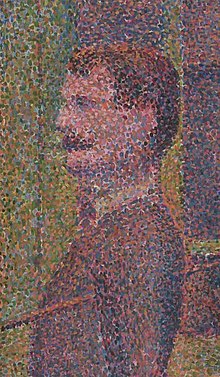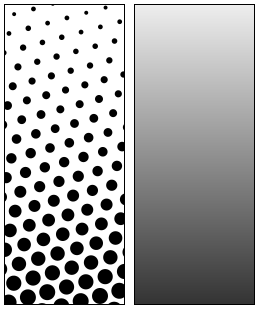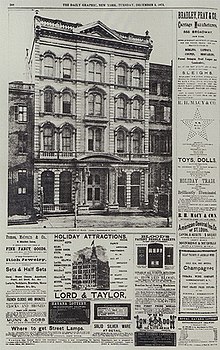Hi friends! I have created this 3 part post series solely dedicated for the purpose of understanding design as in visual design and how it is communicated.
We will touch each and every aspect of visual design in 3 simple elements:
- dots
- lines
- planes
DOT/DOTS
A dot is a basic element of visual design. Depending on a distance points of various sizes can be perceived.
Designing with dots or points can create a wide variety of visual
effects. A dot is a singular form of focus which doesn"t take any mass and doesn"t have any dimensions.It can be percieved by every individual differently. A dot singularly has direct relation with space, a dot can create an impression on a person based on its positioning and manipulation of space.

Here a single dot in center can attract attention as it manipulates space and an individual can perceive it as calm as it is in perfect balance and harmony.It shows a static state,

As the position of the dot in relation to its space changes it now reflects chaos, disturbance and tension
Dots collectively can become a form, shape and also give a sense of texture.

as we can see here how dots collectively are forming shape due to repetition
As the size of the dots increases an individual can then develop the sense of shape in relation to the dot.
here we can see as the size increases the dot takes a circular shape
This very property of dots of combining and repeating can make them evolve into complex forms, shapes and structures.These shapes, forms and structures are visible in our enviornment
 |
| braille sheet |
| agmark logo |
TRADITIONAL USES OF DOTS
Dots have been used in various regions as a form of expression, culture or design for hundreds of years.Traditionally dots have been used all around the world for example;

In 1971–1972, art teacher Geoffrey Bardon encouraged Aboriginal people in Papunya, north west of Alice Springs to put their Dreamings onto canvas. These stories had previously been drawn on the desert sand, and were now given a more permanent form. The dots were used to cover secret-sacred ceremonies.
POINTILLISM
Georges Seurat and Paul Signac developed the technique in 1886, branching from Impressionism. Pointillism is a technique of painting in which small, distinct dots of color are applied in patterns to form an image.
 | |
| La Parade de Cirque (1889) |
CONTEMPORARY USES OF DOTS
 | |
| Laser pointer pen |

Halftone is the reprographic technique that simulates continuous tone imagery through the use of dots, varying either in size or in spacing, thus generating a gradient-like effect. "Halftone" can also be used to refer specifically to the image that is produced by this process.Some examples of halftone printing are;
 |
| use of halftone print in newspaper printing |
STIPPLING
Stippling is an art form invented by Giulio Campagnola in 1510. This art form is sort of like engraving only it uses the prnciples of density & colour.

As we can see in this classic example of stippling in Two naked women, a piece created by Giulio Campagnola how the density of dots is able to define the allgory of the life and death of the two women in the painting.
No comments:
Post a Comment